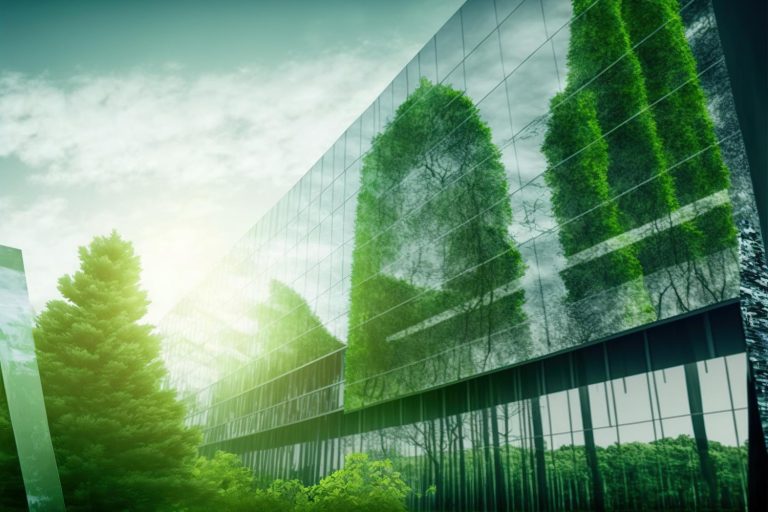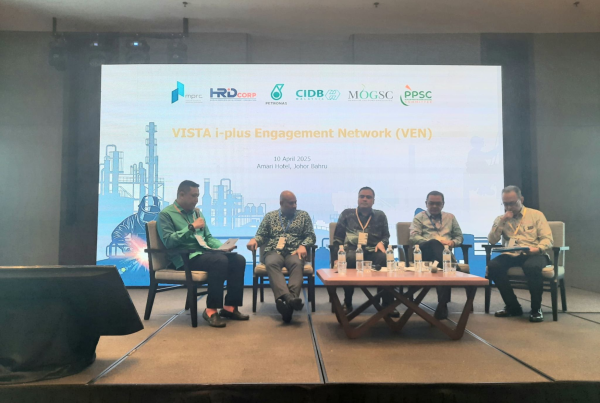
In the concluding part of the series by Kwasa Land, we examine the complex landscape of sustainable construction within developing nations, spotlighting the unique obstacles and potentials.
In the developing world, the construction industry stands at the intersection of rapid urbanisation and the urgent need for sustainable development. While the goal is clear, the path is strewn with challenges and opportunities defining the sector’s progression towards eco-friendly practices.
Understanding sustainable construction is fundamental to its adoption. Historically, the construction sector has been conservative, often hindered by a lack of innovation uptake and regulatory frameworks. Transitioning towards a sustainable model is complicated by numerous factors, such as insufficient standards for secondary materials, challenges in product comparison based on environmental criteria, economic constraints exacerbated by market conditions and a deficiency of financial incentives.
Awareness within the industry remains limited, and in Malaysia, the accessibility to some green technologies and materials is still reliant on imports, adding complexity and cost. Moreover, the construction workforce often needs more training in sustainable principles, and low client demand impedes the adoption of green practices. These issues are compounded by public unawareness, government support that can sometimes be lacking, high costs, and the absence of tools for measuring sustainability in construction.
Yet, the landscape is open to opportunity. The push for sustainable construction brings with it the promise of reduced industrial emissions, job creation, and a revitalised workforce. Energy-efficient technologies are meeting market demands, aiding in lowering building emissions and enhancing local air quality. The pursuit of smart cities, utilising IoT and efficient devices, promises to reduce pollution and create more livable urban spaces.
Modular construction is an emerging trend, offering a method to build with less waste and greater recyclability. This approach promotes sustainability and enhances efficiency on the construction site. Demand for sustainable materials is also on the rise, with green paints, recycled wood, and low-emission materials becoming increasingly sought after in the market.
Professionals in the industry can stay competitive by achieving certifications in sustainable building, with credentials such as GBI, GreenRE, or LEED distinguishing their services. These certifications elevate individual careers and drive the industry towards broader environmental accountability.
Article 1: Digital Evolution: BIM Paving the Way in Malaysian Construction
Article 2: Elevating Efficiency: How Technology is Transforming Malaysian Construction Sites
Article 3: Constructing Tomorrow: Malaysia Embraces Sustainable Building
Article 4: Malaysia’s Construction Sector: Building a Legacy of Sustainability














